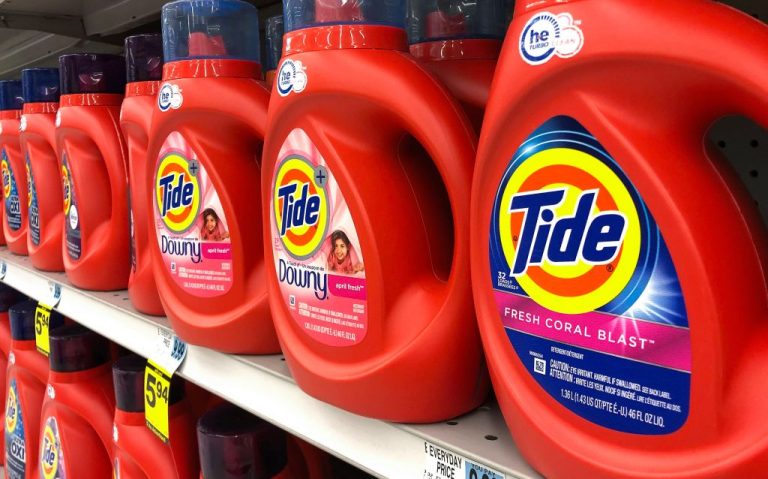Consumer products giant Procter & Gamble (P&G) announced another price hike on consumer goods, blaming supply chain congestion as the main culprit. While the change may be painful for households, shareholders will benefit, according to the company.
“We do not anticipate any easing of costs,” P&G CFO Andre Schulten told The Wall Street Journal. “We continue to see increases week after week, though at a slower pace,” he added, referring to rising costs in raw materials and transportation due to supply chain congestion, resulting in lower core earnings.
Meanwhile, the company has been softening inflation ails by identifying backup suppliers, piling up extra raw materials, and creating new products with available materials.
Other consumer goods producers are also finding increasingly creative ways to circumvent clogged supply chains. “This includes bringing product in earlier than they normally would, looking at other ports,” Jonathan Gold of the National Retail Federation shared with MarketPlace.org. “You’ve certainly seen larger retailers who’ve chartered their own vessels,” he added.
According to the latest assessments, the estimated costs for the fiscal year ending in June 2022 are expected to be 2.1 billion dollars, up from the 1.9 billion dollars forecasted in July. The organic sales growth of 2021 was steady at 4 percent, slightly down from 6 percent last year. Revenues rose 5 percent to 20.3 billion dollars in the three months prior to October, surpassing earlier estimates of 19.9 billion dollars.
Success
You are now signed up for our newsletter
Success
Check your email to complete sign up
High demand for popular brands such as Tide, Bounty, and Oral-B allowed the company to deliver “solid results in a challenging cost and operating environment,” CEO David Taylor said in a press release, according to MSN.
Of its operating cash flow of nearly 5 billion dollars, P&G reached a 90 percent free cash flow conversion, meaning the company managed to almost convert all of its earnings into cash. High cash flow conversion, in turn, provides enough resources to be invested in growing the business, delaying price increases, and returning more money to shareholders.
P&G’s short-term earnings are still looking promising, considering it takes a while before increased prices become visible in the ledger. Core earnings per share are still expected to rise by 3 to 6 percent compared to the last year.
Wendy Liebmann, CEO of WSL Strategic Retail, said there’s a lot to be gained as long as retailers manage to keep their shelves filled. “Even if it’s not six deep on a shelf, even if it’s three deep on a shelf,” Liebmann said, adding that this is essential for keeping up consumer confidence in the store and the economy in general. “Especially when you’re in an essential, everyday category, like cleaning products, laundry detergent, paper towels, pet supplies.”
All in all, the household giant has proven to be resilient, trailing the market in the past—very challenging—two years. This is good news for investors, who may divide roughly 16 billion dollars in dividends and stock repurchases among themselves this year. However, consumers may take a hit because they depend on the outlets for amenities, health- and dental-care products, and home and fabric care goods.
















